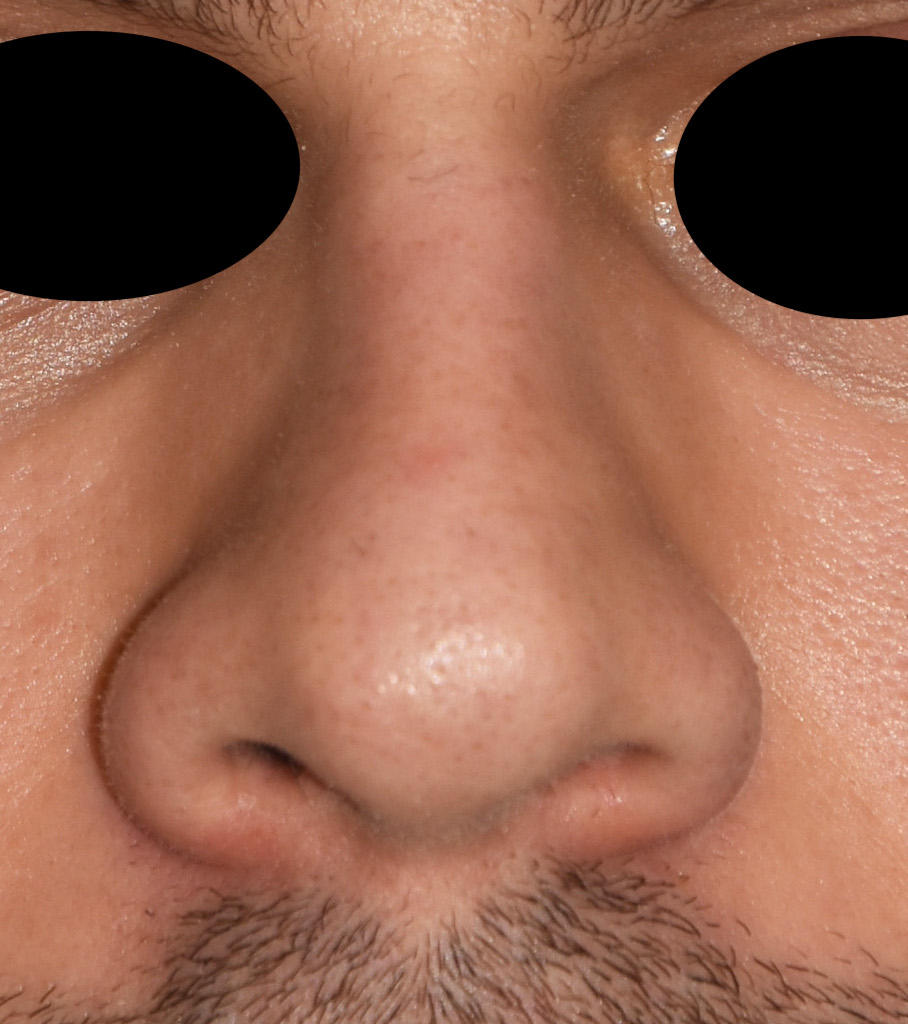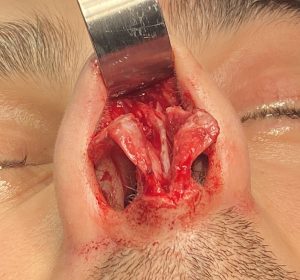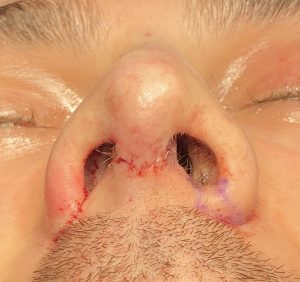Background: The male rhinoplasty patient usually requests several basic nose shape improvements. The most common ones are to have a straight dorsal line (hump removal), improve a low hanging nasal tip and/or achieving a slimmer nose particularly in the tip area. While there are variations in requesting these basic changes the broad, fat or wide nasal tip is often at the top of many male patient’s desired nose shape changes.
While thick skin in men is a major contributor to the wide nasal tip the underlying alar cartilages are a major structural eason why it appears so. The lower alar cartilages, or scrolls, are two long paired cartilages that sort of meet in the middle in front of the caudal end of the septum. (dome area) I say kind of because they are not directly fused together. There is a natural ligamentous space between them. How close they come together and their front to back width determines the thickness and width of the nasal tip. Interestingly and relevant to surgical modification is not only how wide the lower alar cartilages are in the dome area but how close they come together.(interdomal angle) Many men had fairly wide dome widths but also an exaggerated angle between them.
When the nasal tip is narrowed an important consideration is how that affect the width of the nostrils. To no surprise a wide nasal tip often has a wider nasal base or nostril width. As the nasal tip get narrowed it can make the nostrils look even wider. Thus nostril narrowing, the only true soft tissue changes that can be done to the nose, may add an aesthetic benefit.

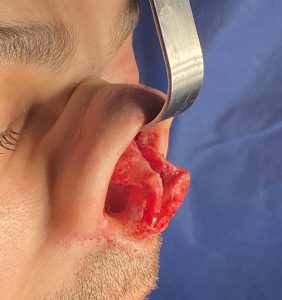
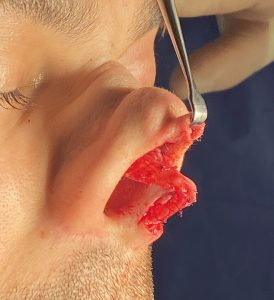
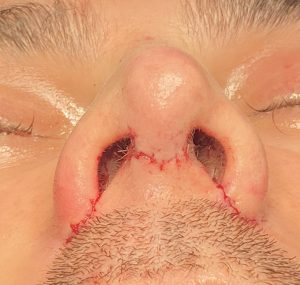
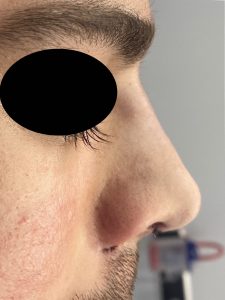
Case Highlights:
1) The broad nasal tip is a common request for improvement in male rhinoplasty patients.
2) The bulbous nasal tip is caused by the lack of good approximation of the lower alar cartilages in the dome area with either an increased interdomal distance, a wide interdomal angle or both.
3) Bringing the dome area of the lower alar cartilages together by suturing with a columellar strut support are the essential manners to narrow the broad male nasal tip.
Dr. Barry Eppley
World-Renowned Plastic Surgeon

